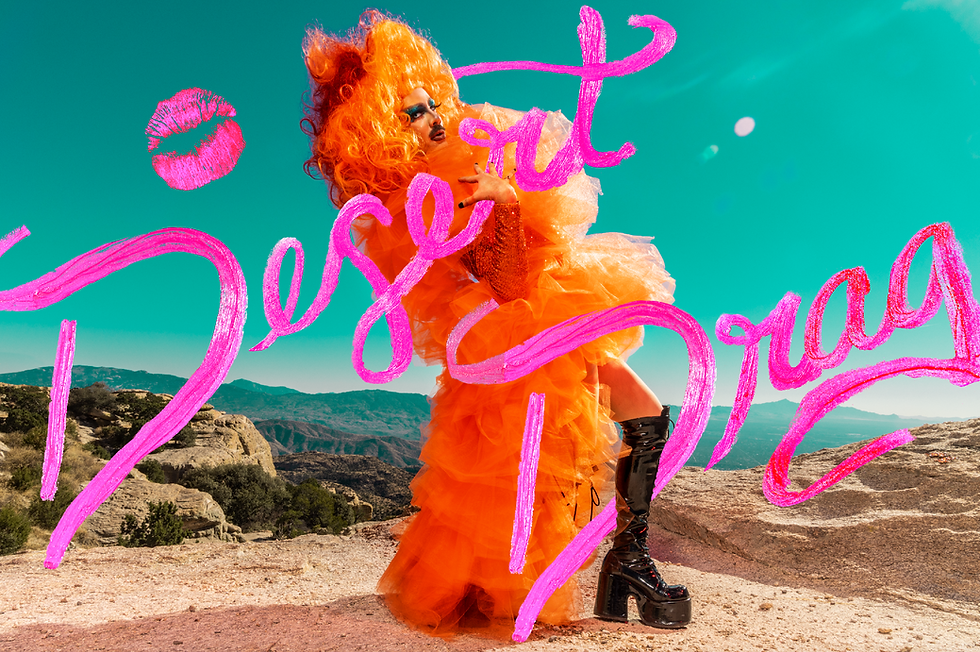Behind the Lighting Set-up
- Katelin Kinney
- May 18, 2016
- 3 min read
Yesterday I decided to use some left over lemons to practice some commercial lighting. To me, liquid and glass are two of the hardest subjects to light. Every shadow or glaring highlight, every bend in the glass or ripple in the water affects the look of the image. The changes are so subtle that it could take hours to get the right lighting.

Though I obviously tend to create more fantastical and surreal images, I still love to create little moments of light and composition in all my photos that just seem magical to me. In any image it's important to have areas of interest where the viewer's eye can focus. You ultimately want your viewer to bounce around to different areas of your image as to keep their attention longer and even better- you want to be able to DIRECT their eye around the image.

I also want to make it clear that since I haven't been doing product photography for years and years I need trial and error....lots of it. So, don't think that I just instinctively KNEW the exact placement of lights needed and voila. Oh no no no. I took close to 100 shots, changing up the lighting, often making subtle adjustments until I got to the look I wanted. That is a great luxury for those learning in the digital age. MAJOR respect to all those photographers who did/do create complex images with film.
So, I started out with a general idea of wanting a spotlight on my background (a $1 piece of blue poster paper), a backlight for the glass, and some fill light in the frontal/side area....somewhere. First attempts had the backlight glowing all over the place, really washing out the lemons and creating a haze (great for romantic outdoor portraits...not great for the situation I was attempting). In order to fix this I created a little snoot for my light out of tin foil from the kitchen. This funneled the light and directed it only at a small point on the back left side of the glass. Now that I had the haze under control the lemons were still too dark and the blue from the paper was bouncing up causing the yellow to look really dull. I added a reflector on the front right, but the change- although good- was not strong enough. So, I left the reflector there since it did add some more fill, but I knew I needed another front fill light that was stronger and directed at the front of the lemons. When placing the new flash on the front left table top area I also put some yellow cellophane in front of the light to counteract the blue cast from the paper. Suddenly I had it! The exposure was good and the yellow was popping against the blue.

All that was left was to experiment with spraying water droplets and splashing some water on the bottom of the paper. So after trial and error below is a diagram of the final lighting set-up. *The colors are just for reference convenience and don't have anything to do with the color of light*
BLUE- Placed to the back left and flashing towards the back of the glass (added tin foil snoot to
keep the light from flooding the rest of the scene).
RED- Placed to the upper right and flashing at the center of the backdrop. This light had a 10
degree grid on it to create that tight circle spotlight on the blue.
GREEN- Placed to the upper left and flashing slightly downward and to the front of the scene.
This light had an umbrella to defuse a soft light all over the front to fill in hard shadows created
by the bright back light.
PURPLE- Gold reflector leaning against the red light and adding a bit of warm fill light pointing
to the front of the lemons.
YELLOW- Placed to the front left, low at table top level, and pointing downward towards
lemons and blue bottom. Yellow color cellophane in front of the light filtered out the blue and
brought the bright yellow back into the fruit.

As for post processing I made the blue backdrop a bit more cyan instead of royal blue. I added a subtle variation of orange shades throughout the yellows just to add some more shape dimension. Burning and dodging around the water droplets and the lemon skins exaggerated the textures and a last step sharpening layer made it all pop.

I highly suggest shooting a still life set-up. The practice you get from lighting produces a ton of lessons and strengthens your instincts on light. So, the next time you run into lighting issues you will have a better frame of reference for problem solving! Practice Practice Practice, my friends!!!




Comments